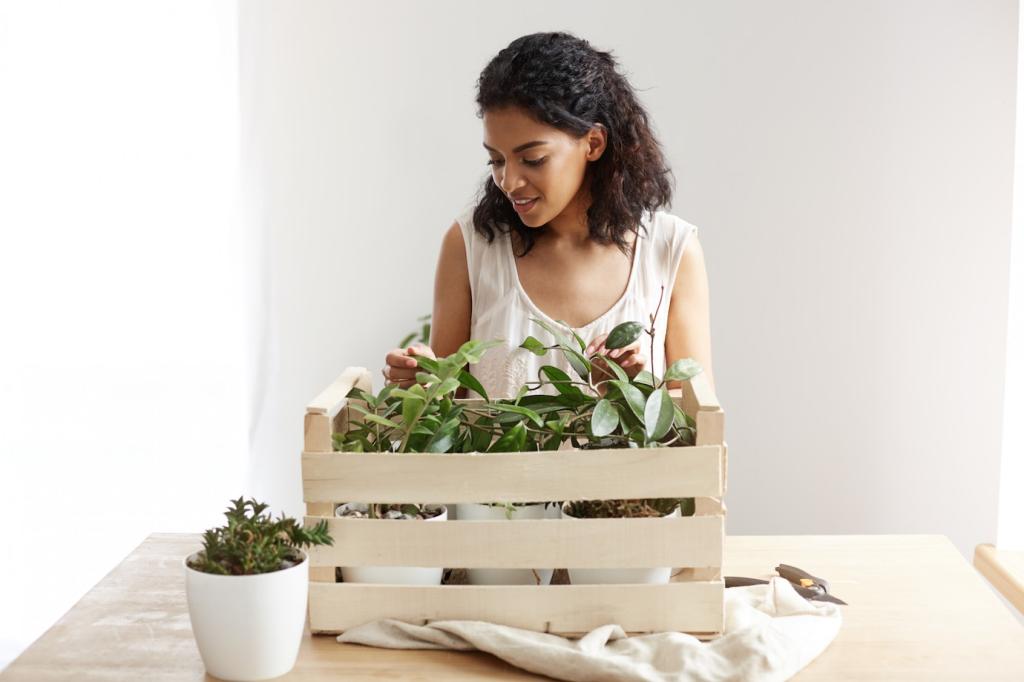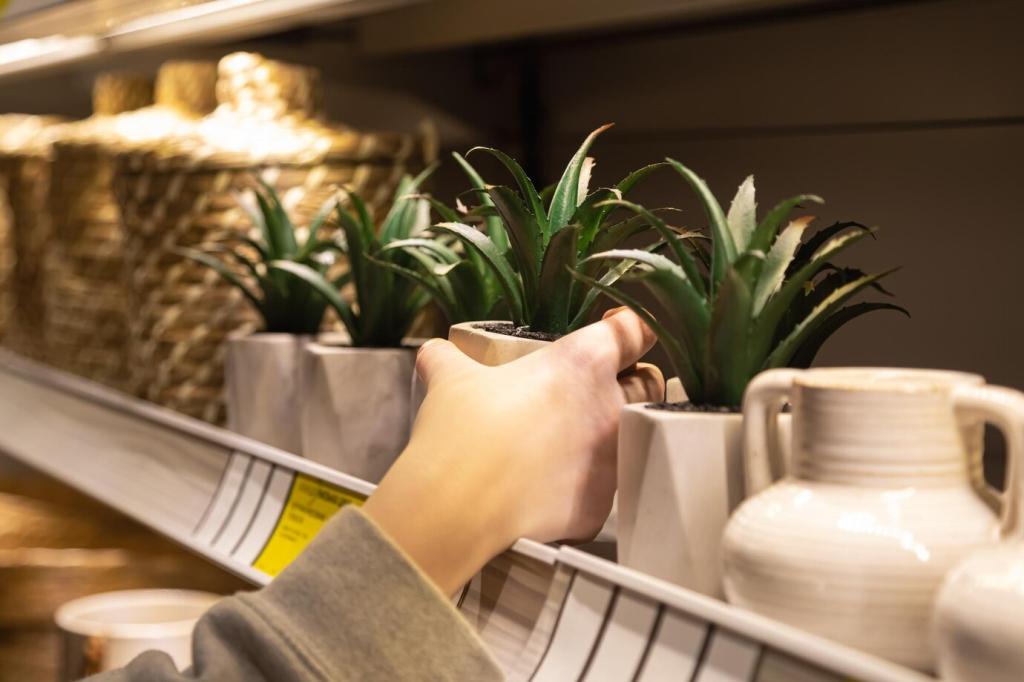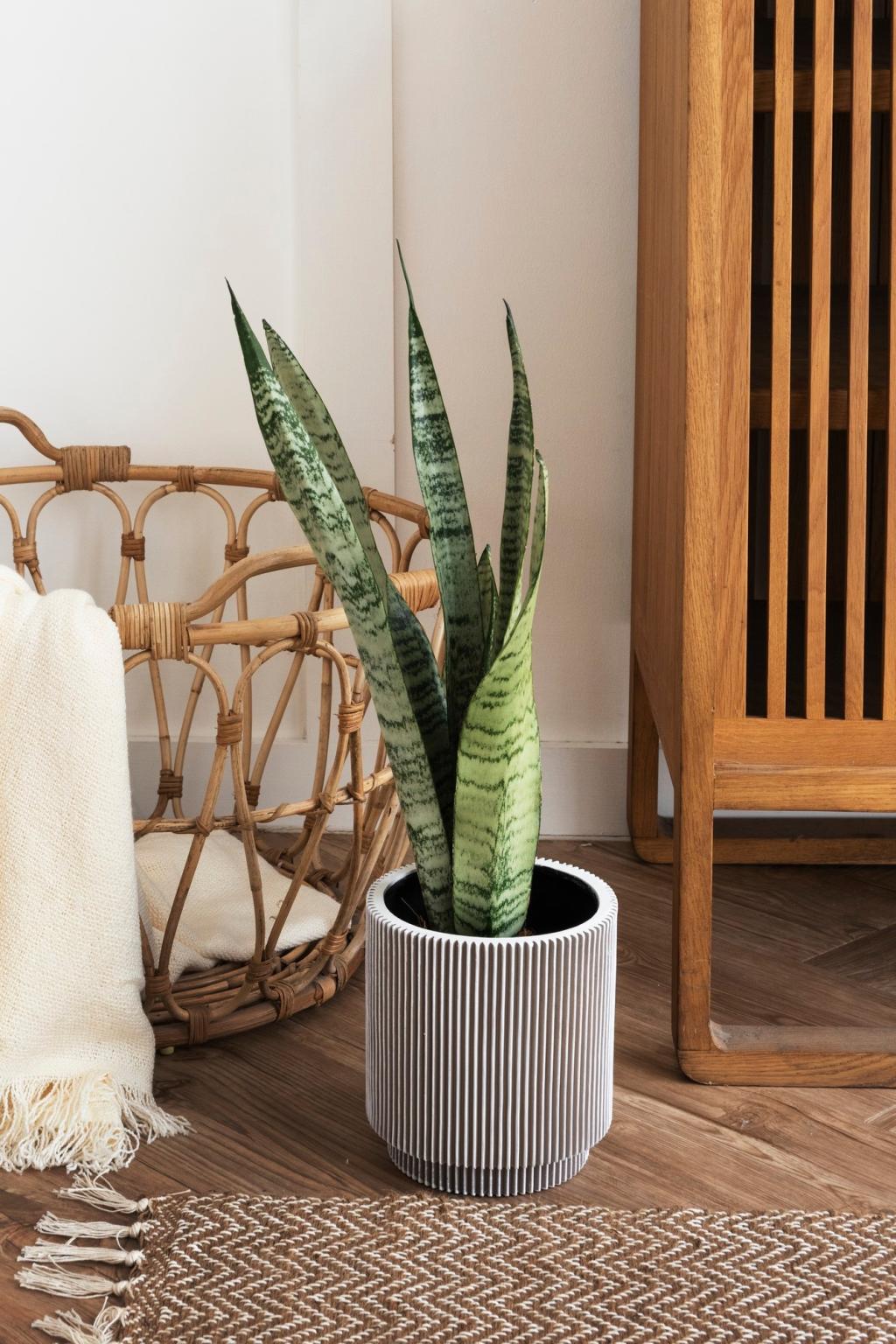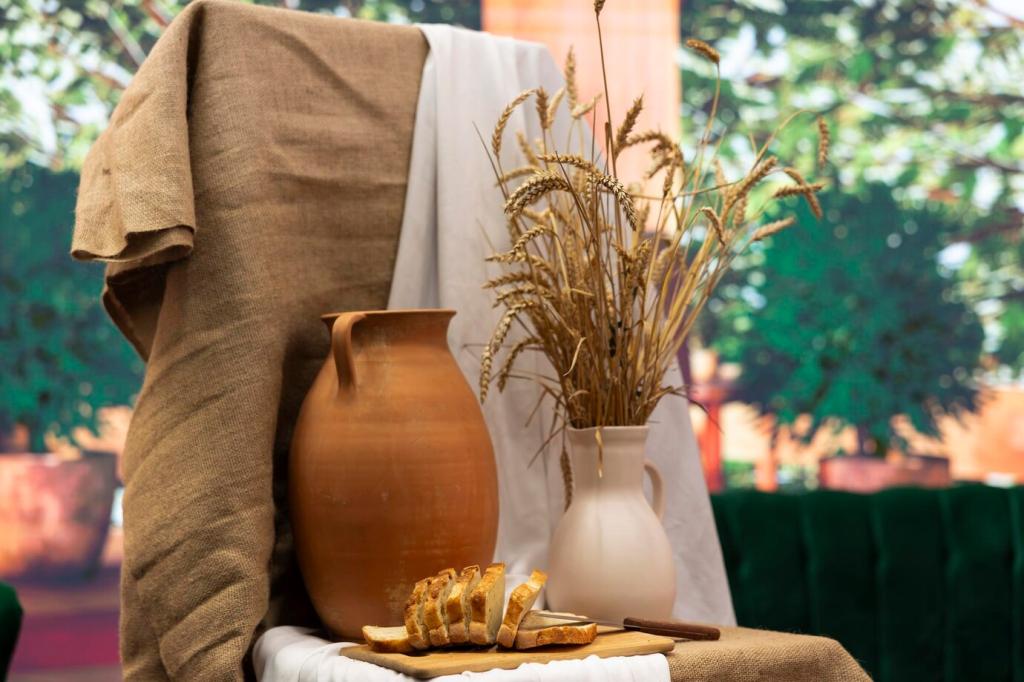Natural Fibers That Work Hard
Grown without synthetic pesticides, organic cotton brings approachable comfort to family rooms and reading nooks. Choose tight weaves or canvas-like constructions for sturdy cushions that resist sagging, and pair with removable covers to simplify washing and seasonal refreshes.
Natural Fibers That Work Hard
Hemp and linen fibers are naturally strong, breathable, and classically textured. Blends can reduce wrinkling while maintaining that elegant, lived-in look. They age gracefully, developing a gentle patina that tells stories of gatherings, late-night talks, and quiet weekend mornings.





